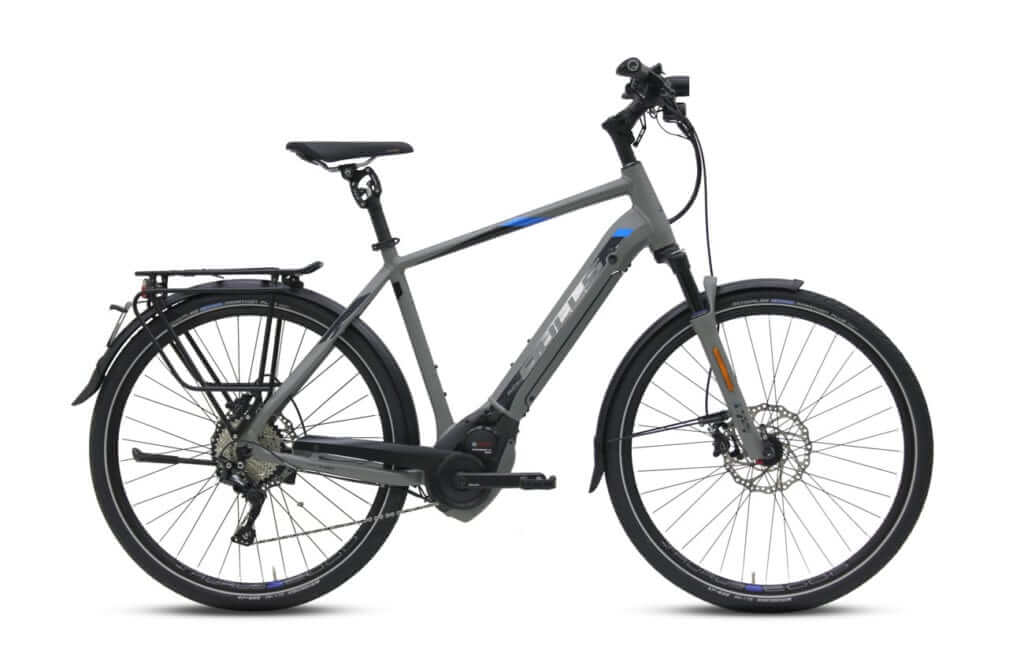MadManMark
Member
I own the Radcity, and it only took thirty seconds to go into the controller menus and adjust the battery pedal-assist cutout from the default of 32kph (20mph) to 40kph (25mph). I understand is still 5kph below the limit for class 3, but it's closer to that than it is to Class 2. Class 2.6?Radpower has a city model that's 750 W but still only Class 2
I understand others may have gotten higher top assist speeds on Radpower bikes by changing other settings to "fool" the bike (I think they changed the wheel size setting?), but I guess 25mph was good enough for me, and also at some point I suspect you are risking burning out some component by pushing it too far (maybe that is part of the answer to your question?)
Another possible answer is the same one for this question: why are there more choices for sedans than sports cars? Your requirements are pretty extreme -- I mean, listen to yourself: "a better chance of accelerating past the cars." You are not merely interested in keeping up with them, you want to pass them? Maybe you should be looking for a motorcycle (gas or electric), not an ebike?
Last edited:


